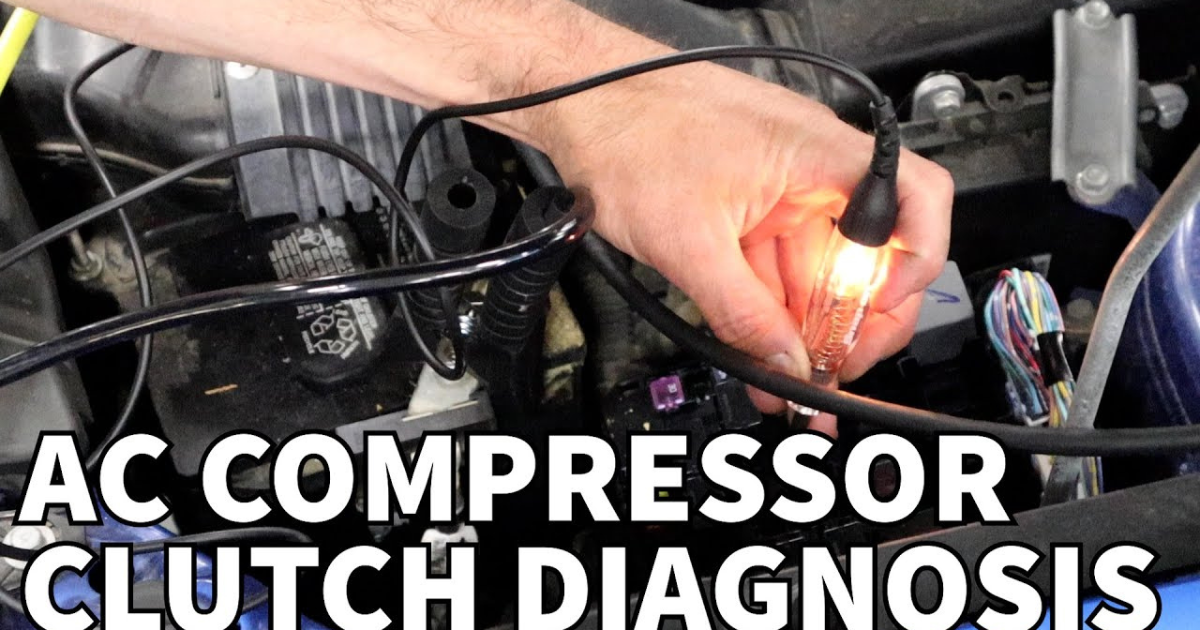The AC compressor clutch is a crucial component in the air conditioning system of a vehicle. It is responsible for engaging and disengaging the AC compressor, which circulates the refrigerant and powers the air conditioning. The clutch is connected to the flywheel via an accessory belt and is controlled by an electromagnetic switch. When the AC is turned on, the electromagnetic coil in the clutch is energized, creating a strong force that attaches the friction plate to the spinning pulley, causing the compressor to turn and compress the refrigerant.
Reasons for AC Clutch Not Engaging
There are several possible reasons why the AC clutch may not engage, including:
- Insufficient AC compressor oil: The compressor requires proper lubrication to prevent metal-on-metal contact, and low oil levels can cause the system to shut off the compressor.
- Excess refrigerant: An overcharge of refrigerant can prevent the clutch from engaging, as it’s a protective measure to prevent the compressor from overheating.
- Low refrigerant: Insufficient refrigerant can cause the low-pressure switch to prevent the compressor from turning, to protect the internal components.
- Lockout on clutch sensors: Modern cars use high-pressure, low-pressure, and oil-level sensors to control the clutch engagement. If any of these sensors fail, the clutch may not engage.
- Burnt fuse or bad relay: Issues with the electrical components that power the clutch can prevent it from engaging.
Checking the AC Compressor Clutch
To diagnose the issue, start by turning on the AC and observing the clutch and pulley. If the pulley is spinning but the clutch is not, the clutch is likely the problem. To further investigate, disconnect the clutch connector and use a multimeter to check for voltage at the connector when the AC is turned on. If there is no voltage, the issue may be with the fuse or relay.
Jumping the AC Compressor Clutch
If the diagnostic checks indicate a problem with the clutch, you can manually engage it to test the compressor:
- Disconnect the clutch connector cable.
- Ensure the compressor has sufficient oil, and the refrigerant level is within the manufacturer’s specifications.
- Take a jumper wire and connect one end to the disconnected clutch connector and the other end to the positive terminal of the car battery.
This will manually energize the clutch, allowing you to determine if the compressor is functioning properly. If the compressor starts to turn, the issue may be with the clutch’s electrical or control components. If the compressor still does not turn, there may be a more serious issue with the compressor itself.
By understanding the AC compressor clutch and the common reasons for its failure, as well as the steps to manually jump the clutch, you can effectively diagnose and troubleshoot AC system problems in your vehicle.





